How to Give Brand Accounts Permission to Whitelist your Instagram Content
Instagram whitelisting turns brands' best creator content into awesome ads. Here’s a breakdown of how to give brands access to your posts for...
Instagram whitelisting turns brands' best creator content into awesome ads. Here’s a breakdown of how to set up whitelisting on Instagram (and why brands should).

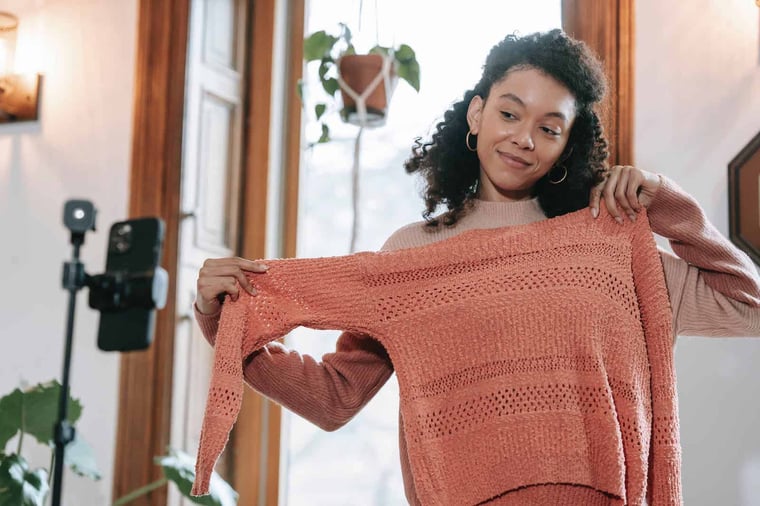
Is Instagram whitelisting on your radar? If your brand is promoting products on IG, it should be.
Especially since brands that add influencer ads to their paid social campaigns see 90% higher ROAS.
And if you’re already seeing results with creators, turning their posts into ads makes perfect sense.
We're seeing more brands supplement their paid Instagram Reels campaigns with influencer content.
Some are even seeing 6x ROAS via Reels. That's the power of whitelisting content on Instagram.
Below we break down the benefits of whitelisting Instagram posts and how to do it yourself.
Instagram whitelisting is the process of obtaining access to a creator’s content to promote it as an ad. These ads can be run through the creator’s account or the brand’s account.
Most references to Instagram whitelisting refer to Partnership Ads, which use Instagram's branded content tools to get permission to run a post as an ad. Here’s a three-step summary of whitelisting:
Details like goals, audience and budget are identical to any other ad.
The key difference? When whitelisting via Instagram Partnership ads, brands access the creator’s assets instead of uploading their own. This can be done instantly between brands and creators with the exchange of a Partnership Ad Code.
Before we get into the nitty-gritty, let’s review the prereqs for running creator ads. Taking care of these steps will speed up the process and help you avoid any potential roadblocks:
The easiest way to turn influencer content into ads on Instagram is by exchanging a Partnership Ad Code. This can be done in a matter of minutes and is straightforward for both brands and creators.
Here's a quick rundown of how to get a Partnership Ad Code to do Instagram whitelisting quickly:
First, creators must find the post that the brand wants to run as a Partnership ad. Once you find it, tap the vertical (…) icon in the upper right-hand corner of the post.
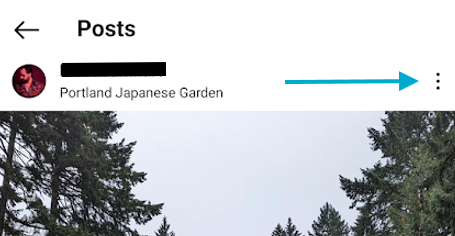
Then, select the “Partnership label & ads” menu.
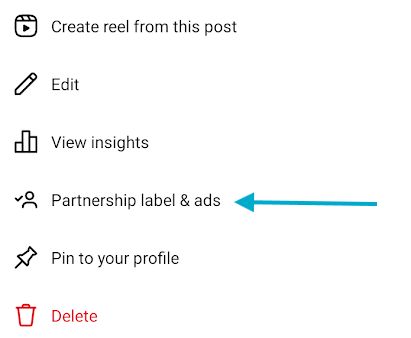
Under “Partnership ad permissions” you’ll see the “Get partnership ad code” toggle. This toggle is off by default.

Tap the toggle to generate your code.

Once the code is generated, you can tap the left button (📄adcode-#) to copy your code to your clipboard to share via email (or share it directly in the DMs).
And if you're using an Instagram influencer platform like Statusphere, you can instantly generate and share ad codes from your creator campaigns in just two clicks!
And you’re done on the creator’s side! That wasn’t so bad, was it?
Let’s assume you have a creator agreement in place and you’re ready to start running ads. Below is a detailed walkthrough of the whitelisting process.
| 🚨This is the old way of doing whitelisting on Instagram! While still possible, it requires way more work for both brands and creators to be scalable. We're only including these steps to be as thorough as possible regarding whitelisting (and to highlight how much the process has changed)! |
First thing’s first: your creator is going to need to give you access to their Instagram content. Making this happen starts by setting up a brand partnership
If your creator has worked with brands in the past, they can run through this step quickly.
To kick things off, your creator is going to need to create or edit an In-Feed Post, Story or Reel tagging your brand.

From there, they’ll need to turn on “Add paid partnership label” and then select “Add brand partners.” Your creator will then be able to see approved and pending brand partner requests.
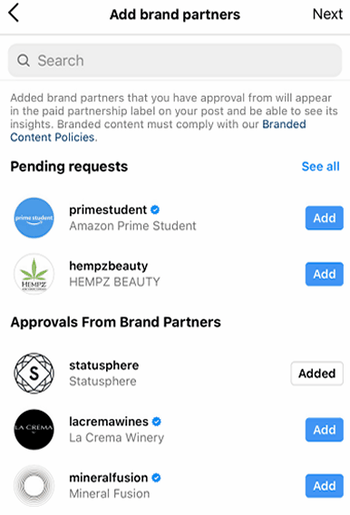
Through this feature, creators can disclose paid partnerships with brands in their posts. By selecting “Allow brand partners to boost,” your creator enables you to run their content as branded ads on your account.
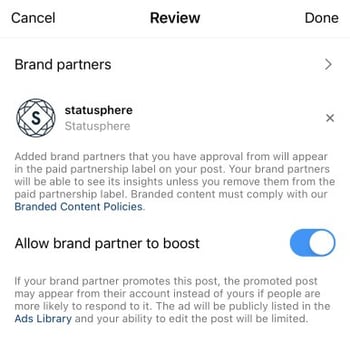
This step involves both parties hopping over to Facebook Ads Manager. Here, you’ll gain full advertising access to your creator’s content.
You’ll need to share your Facebook Business ID number with your creator. This can be found in Ads Manager under “Business Settings” > “Business Info.” Creators will then need to go to “Pages” > “Assign partners” to input the appropriate ID.
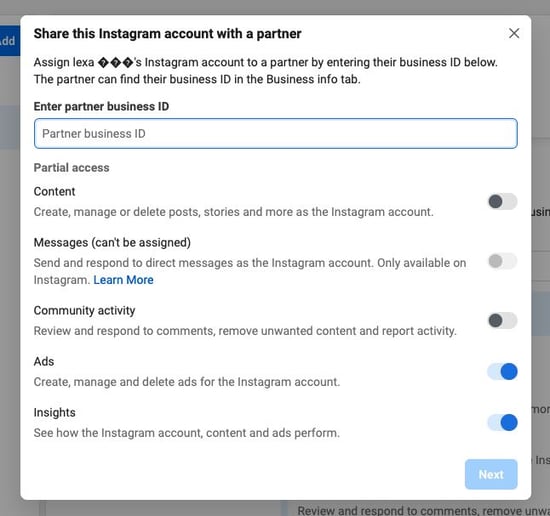
Creators will also need to assign assets to the brand account. This involves selecting “Instagram accounts” and then toggling “Ads” on.
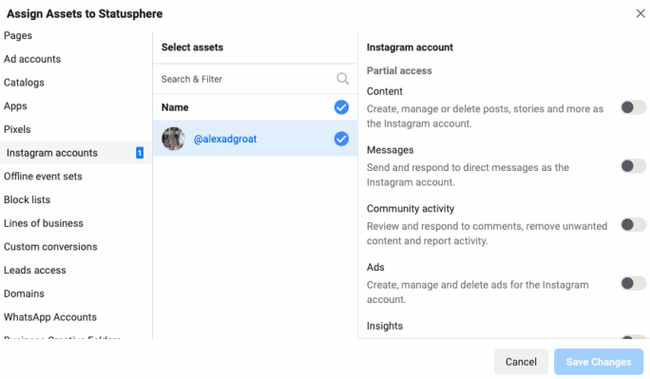
Back to the brand! Within Facebook Business Manager, go to “Settings” > “Paid partnerships.” Here you can manage, request and approve business partners.
To add a creator, select “Add partnership,” search for their account, select your account for the “Paid partnership” label and then send your request.
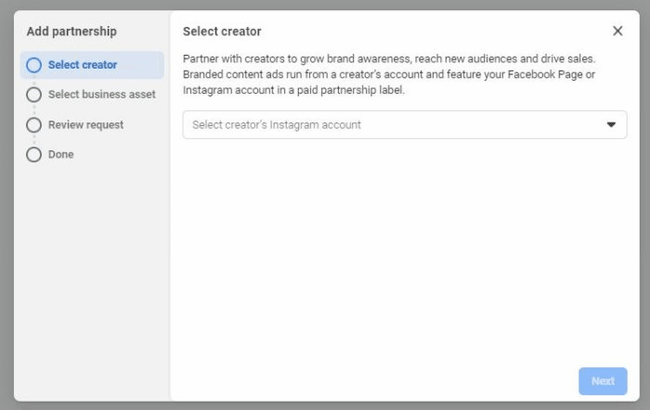
Once the partnership is approved, your creator will receive a notification. After all of the above is squared away, you’ll have full control to create both whitelisted ads and branded content ads.

Now it’s time to fill in the details of your ad campaign. This includes your campaign goals, target audience and budget.
Since this step is the same as creating any Facebook ad, we won’t get too in-depth here. Awareness and reach campaigns are arguably the most straightforward for running whitelisted ads.
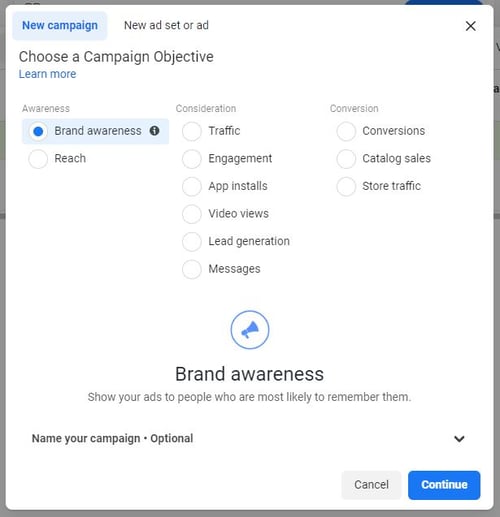
If you’re overwhelmed or totally new to Instagram advertising, consider taking advantage of Meta’s Automatic Placement features.
Time to put together your creatives! These steps vary slightly depending on if you’re running a whitelisted ad or simply boosting an existing post.
For Ads
From here, you'll upload your creator’s content. This can be done manually or by accessing their assets and captions via Ads Manager.

Then, you’ll see a preview of the various ad placements and formats.

Finally, you’ll complete the details of your ad including the headline, description, target URL and call-to-action.
Under “Ad setup,” select “Use existing post.” From here, you’ll be prompted to search through your approved branded content by account name.
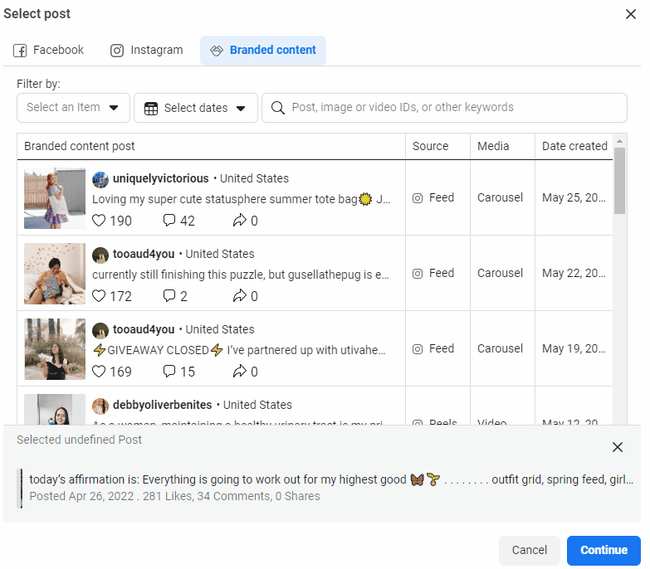
Once you find the post you’re looking for, select it and the ad creative will populate automatically.
Lastly, take a good look at your final ad preview prior to publishing. You can preview your ad in various placements and formats such as Stories or Reels.

For branded content, you’re fairly limited in terms of what you can edit beyond the CTA and destination URL. Double-check the “Identity” to make sure it’s being presented by the desired account (yours or the creator’s).
And when you’re ready to publish, that’s that!
Let’s look at some actual examples of branded content on Instagram. Keep in mind that there are different ways to approach using a creator's content as a brand, like allowlisting and dark posts.
The fact that these terms are often used interchangeably is confusing. Regardless, these processes all fall under the umbrella of branded content.
Here’s an example of whitelisting on Instagram from Naturtint. This is a sponsored post that appears on both the brand and creator’s pages but is also being run as a Reels ad. Note how the creator and brand are both tagged in the promoted post.


Source: Naturtint USA / @waterthruskin
Check out how Cometeer uses a creator video as part of their Reels campaign. The content of the ad is identical to the creator’s original Reel. Notice that there’s no sponsored label or direct mention of the creator. The brand owns the content.


Source: @bearenger
Organic and off-the-cuff, this is also a great example of brands using Reels to promote a product. One of the biggest benefits of influencer whitelisting is that the ads don’t feel like ads. Even with the “Sponsored” or "Paid Partnership" label, the content resembles organic content at a glance.
When it comes to advertising on Instagram, brands are spoiled for choice.
So why is whitelisting all the rage right now? Let’s look at the benefits below.
Again, the connection between creators and better ad performance is well-documented.
We’ve seen firsthand how featuring influencers in Instagram ads can boost performance. Check out this firsthand quote from Meta themselves:
Ads from creators typically outperform regular ads on Facebook and Instagram because they feel more informative, relevant and entertaining.
It’s not surprising that Instagram whitelisting is blowing up right now. Brands are eager to create ads that don’t feel like ads and Instagram remains the top platform for creator collaborations.
Consider all the ways whitelisting maximizes your existing campaigns and resources.
For starters, using creator content means not having to set up a photo shoot or edit an ad yourself. This frees up more of your budget and schedule. Given all the creatives of Instagram ads, this is significant time and money saved.
Another huge benefit of whitelisting is removing the guesswork from your paid campaigns. There are so many variables that can make or break your ads, right?
By promoting content that’s already performing, you can create ads with a sense of confidence. In short, organic creator content can validate your ad ideas.
How’s that for stretching your influencer marketing budget?
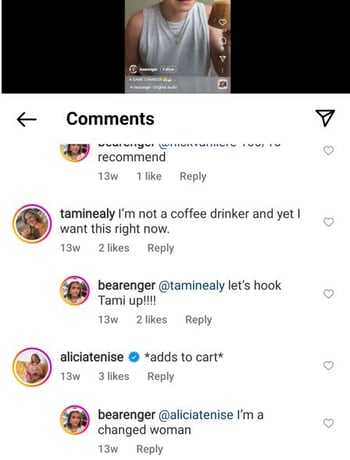
Source: @bearenger
Keep in mind that whitelisting is a win-win for creators and brands alike.
Sure, you get awesome ads out of the deal. Think about how creators also get to piggyback off of your brand’s credibility, too. Being an in-demand, partnered influencer actually raises their stock.
Up-and-coming creators are eager to work with brands that can speak to their audiences. Branded content is an opportunity for brands to provide ongoing support to creators. Again, it’s a win-win.
The new Instagram algorithm is restricting brands’ reach like never before. For branded accounts, paid campaigns are a path to meaningful engagement. Simple as!
According to Instagram, 86% of consumers claim that “shareworthy” content encourages them to buy, try or recommend a product.
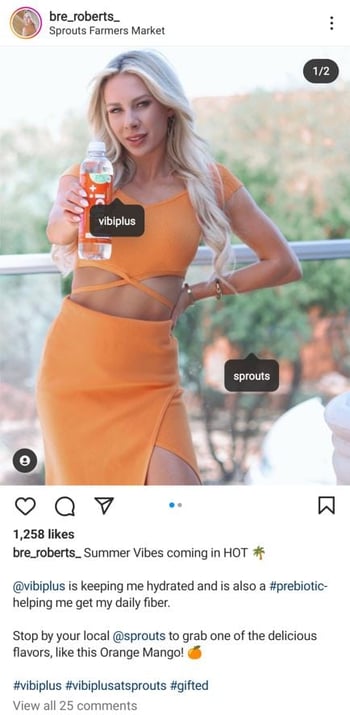
Source: @bre_roberts_
We’re consistently impressed by the creativity and authenticity of creator content done right. That’s because creators know best when it comes to showing off products in action.
Creators are hip to the latest Instagram trends and which types of posts earn engagement. Beyond that, they go the extra mile to produce share-worthy content. Doing so is a plus for themselves, their audiences and the brands they work with.
Fierce competition. Constant algorithm changes. Rising ad costs.
All of the above highlights how brands should squeeze everything they can out of their Instagram campaigns.
The ability to turn top-performing organic content into ads achieves both at the same time.
But to run creator ads and see the maximum ROI for your influencer content, you need authentic creators posting about your brand at scale.
The more content you have on deck, the more potential posts to run at high-performing ads.
That's where Statusphere can help. Our platform matches brands with creators from our vetted influencer community. Since content rights are built into every piece of content you get through our platforms, turning your top-performing creator posts into ads can happen faster and at scale.
Not to mention that brands using our Instagram influencer platform can get ad codes directly from creators in just two clicks!
Want to learn more about our software? Get in touch with one of our campaign experts to see how we can grow your influencer marketing efforts in a fraction of the time it'd take in-house.
This article was first published in November 2022. It was last updated January 15, 2025.

Whitelisting on Instagram refers to a process where creators grant brands permission to access their accounts for advertising purposes. This includes using the creator’s content for paid ads and promoting posts under their handle.
Brands can use the creator’s name and content to run highly targeted ads, enhancing boosting and reaching a wider audience. Instagram ads generated through whitelisting creator content overwhelmingly see higher return on ad spend (ROAS) than non-creator ads.
It depends! The cost of Instagram whitelisting varies based on the creator’s reach, engagement rate, and niche.
Some creators charge a percentage of the ad spend, anywhere between s 5% to 20%.
Negotiations often depend on the duration and scope of ad use.
Our creators set their own rates for Partnership Ad codes that range anywhere from $100 to $400+ depending on the content.
Instagram whitelisting turns brands' best creator content into awesome ads. Here’s a breakdown of how to give brands access to your posts for...
TikTok whitelisting with Spark Ads instantly transforms creator videos into top-tier ads. We explain how to whitelist TikTok content and why brands...
TikTok whitelisting allows brands to turn creator content into awesome ads. Here’s how to give brands access to your TikToks for whitelisting.
Be the first to know about the latest tools, trends and strategies in influencer marketing for brands.